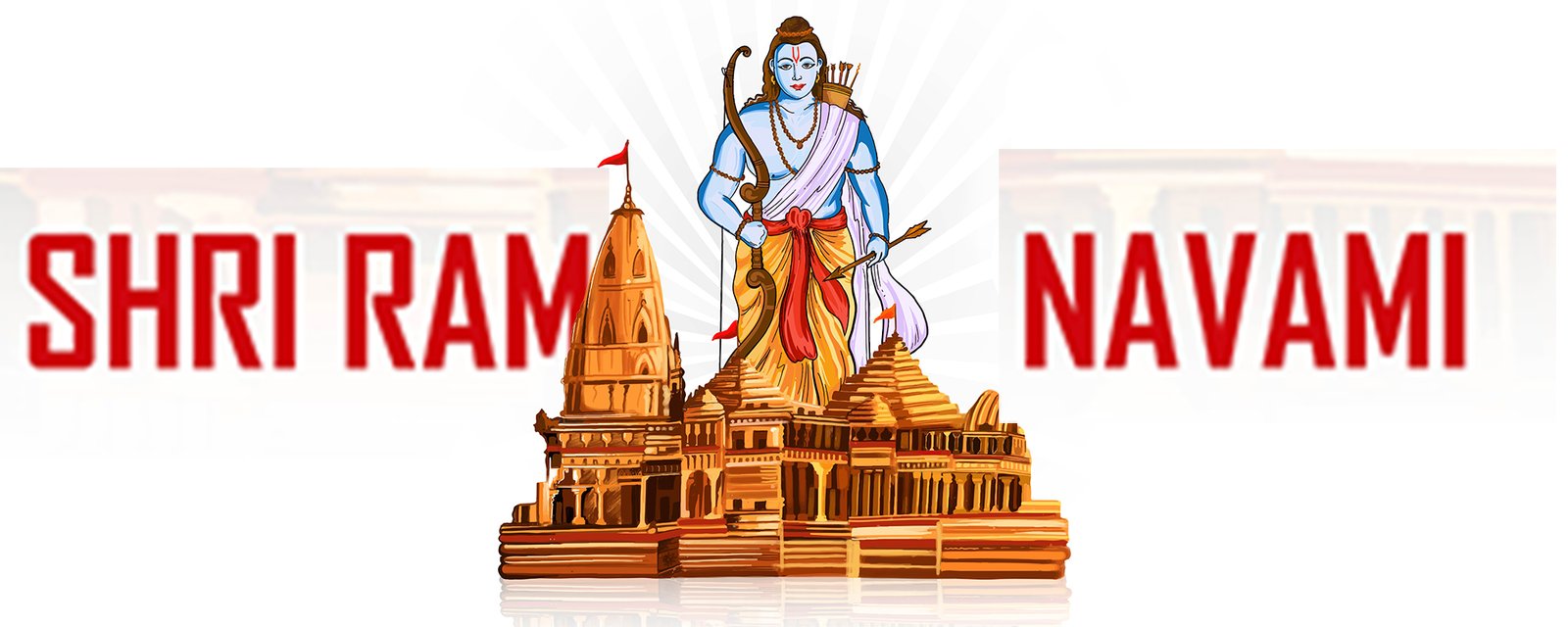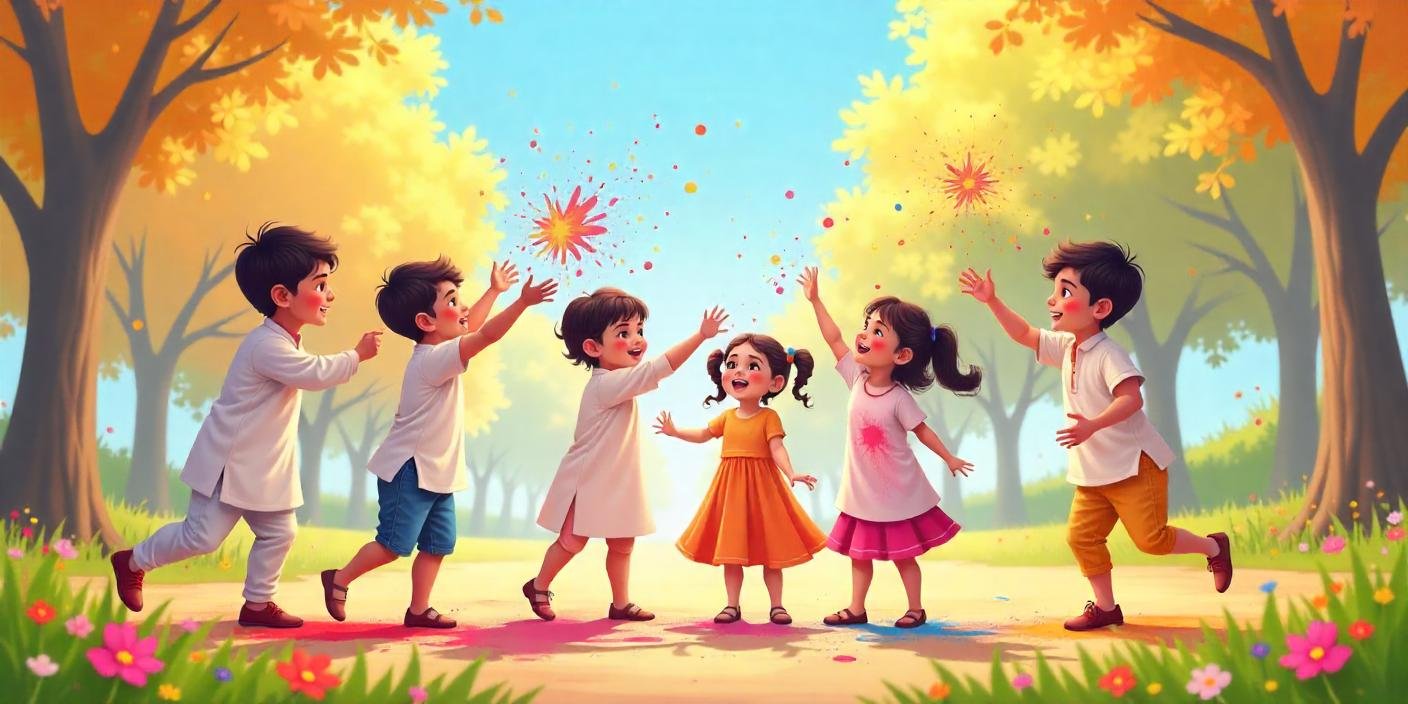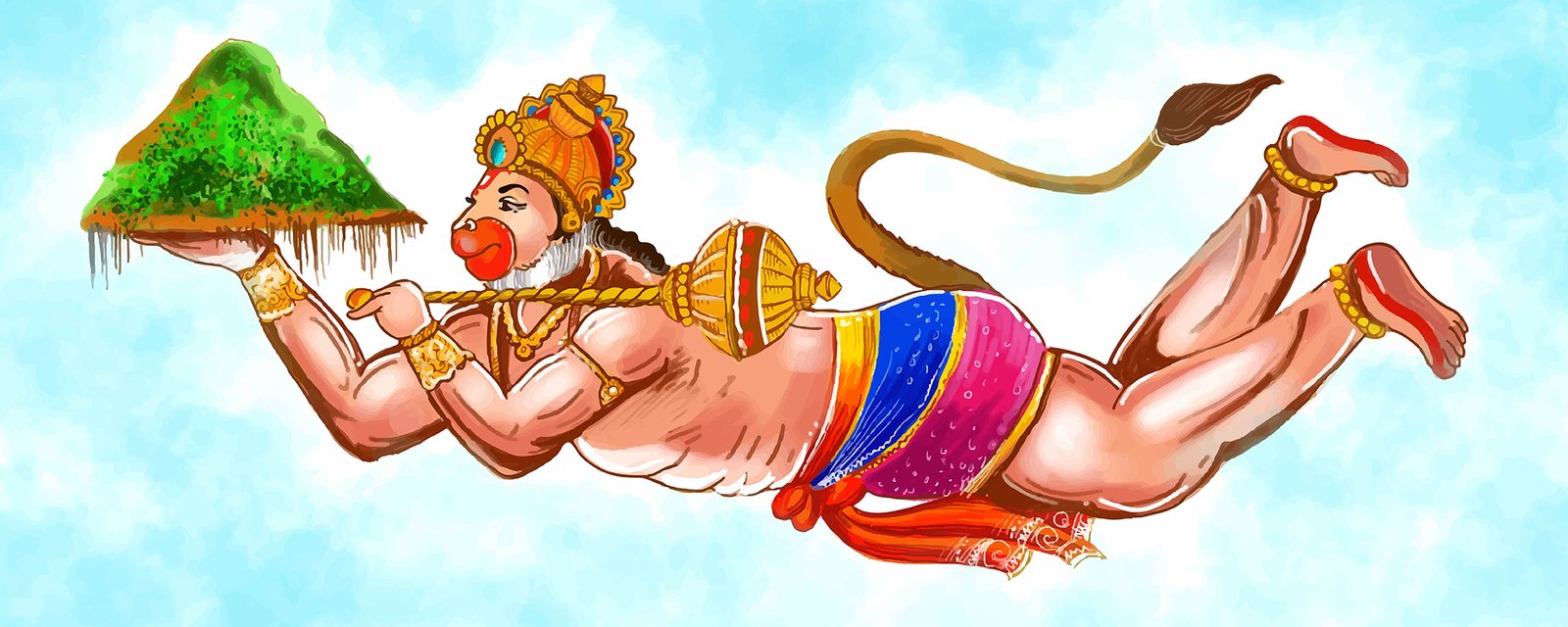Published - Wed, 17 Apr 2024

Let's Learn About Ram Navami: 10 Fascinating Facts for Kids!
Hey Kids! Welcome back to our learning adventure. Today, we’re diving into a special festival called Ram Navami. Ever heard of it? If not, don’t worry, because we’re here to tell you all about it! Ram Navami is a joyous celebration that honors the birth of Lord Rama, an important figure in Hindu mythology. Let’s explore why it’s so important:
1. Birthday Bash:
Ram Navami is like a big birthday party for Shri Ram! Just like how you celebrate your birthday with cakes and presents, people celebrate this day with prayers, songs, and festivities.
2. Date with Destiny:
Ram Navami falls on the ninth day of Chaitra, the first month of the Hindu lunar calendar. That’s usually in March or April, so it’s a springtime celebration!
3. Ramayana Tale:
Ram Navami is connected to the epic story called the Ramayana. It’s about the adventures of Lord Rama, his wife Sita, and his loyal friend Hanuman. They fought against evil to bring peace and justice.
4. Special Rituals:
People celebrate Ram Navami by visiting temples, singing bhajans (devotional songs), and reading verses from the Ramayana. It’s a time for reflection, gratitude, and spreading kindness.
5. Fasting Fun:
Some people fast on Ram Navami as a way to purify their bodies and minds. It’s like hitting the reset button and starting fresh!
6. Decor Delight:
Homes and temples are adorned with colorful decorations, flowers, and lights to welcome Prabhu Ram. It’s like throwing a big, beautiful party!
7. Feast of Flavours:
No celebration is complete without yummy food! Families prepare delicious dishes like sweets, fruits, and traditional delicacies to share with loved ones.
8. Community Connection:
Ram Navami brings people together from all walks of life. It’s a time to strengthen bonds, forgive differences, and celebrate unity.
9. Cultural Significance:
Ram Navami is not just a religious festival; it’s also a cultural extravaganza. Through stories, music, and art, it teaches valuable lessons of love, bravery, and righteousness.
10. Joyful Joyful:
Above all, Ram Navami is a day of joy and happiness. It reminds us that good always triumphs over evil and that light will always conquer darkness.
So there you have it, kids! Ram Navami is a wonderful celebration filled with love, laughter, and legends. Whether you’re joining in the festivities or simply learning about it, it’s a day to cherish and celebrate the spirit of goodness. Happy Ram Navami!
Created by
Comments (0)
Search
Popular categories
Latest blogs

Holi: Celebrating Colors, Traditions, and Spiritual Joy
Sun, 16 Mar 2025

Discover the Amazing Qualities of Shri Hanuman Ji on Hanuman Jayanti! | Kidzodeon Learning
Tue, 23 Apr 2024

Let's Learn About Ram Navami: 10 Fascinating Facts for Kids!
Wed, 17 Apr 2024

Write a public review